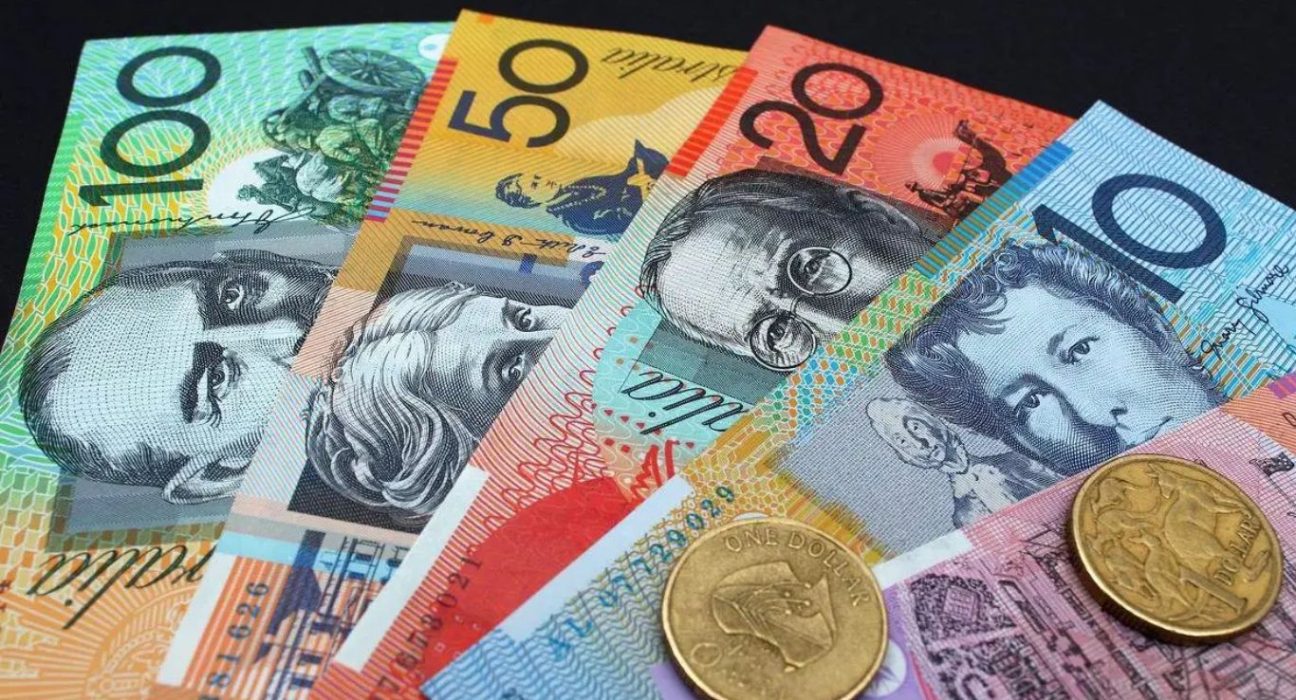Introduction
In the dynamic world of foreign exchange, the Australian dollar has been caught in a state of inertia, trading sideways with little movement in recent times. This article delves into the reasons behind this peculiar phenomenon, examines the market conditions that have led to the currency’s stagnation, and evaluates the potential implications for the global financial landscape.
The Sideways Trading Trend
Sideways trading, also known as a “consolidation phase,” occurs when a currency’s value remains relatively stable within a narrow range, often exhibiting no significant upward or downward movement. In recent weeks, the Australian dollar has been entrenched in such a pattern, causing market participants and investors to take notice. This stagnation has raised questions about the underlying factors contributing to the currency’s lack of momentum.
Economic Indicators and Monetary Policy
One possible explanation for the Australian dollar’s sideways trading is the nation’s economic indicators and monetary policy. The Reserve Bank of Australia (RBA) plays a pivotal role in setting the country’s interest rates and adopting other monetary measures. The current economic environment, marked by low inflation rates and moderate economic growth, has led the RBA to maintain a neutral stance on interest rates, leaving traders uncertain about potential changes.
Global Trade Tensions
Another factor that could be influencing the Australian dollar’s stagnant position is the ongoing global trade tensions. Australia, being a significant exporter of commodities such as iron ore, coal, and natural gas, heavily relies on its trade relationships with major economies like China. Escalating trade disputes between China and other countries have created an air of uncertainty around Australia’s exports, affecting investor confidence and leading to a cautious approach towards the Australian dollar.
COVID-19 Pandemic Impact
The persistent effects of the COVID-19 pandemic continue to ripple through the global economy, influencing exchange rates and contributing to the Australian dollar’s sideways trading. The uncertainty surrounding the pandemic’s trajectory, coupled with sporadic outbreaks and evolving variants, has hindered economic recovery efforts, further muddying the waters for currency traders.
Commodity Prices and Australian Dollar
Australia’s economy has historically been closely tied to the prices of commodities, particularly given its vast natural resource reserves. In times of booming commodity prices, the Australian dollar tends to strengthen as demand for the nation’s exports increases. Conversely, a decline in commodity prices may lead to a weaker currency. The current sideways trading could be partially attributed to the stability of commodity prices, resulting in minimal fluctuations in the Australian dollar’s value.
Global Economic Outlook
The global economic outlook also plays a vital role in shaping the performance of the Australian dollar. As the world’s economic powerhouse, any signs of economic slowdown in major economies like the United States, Europe, or China can impact investor sentiment and capital flows, indirectly affecting the Australian dollar’s value. Geopolitical events and major policy announcements can also trigger shifts in market sentiment, contributing to the currency’s sideways trend.
Investor Sentiment and Risk Aversion
Investor sentiment and risk aversion are critical drivers in the foreign exchange market. During periods of uncertainty and volatility, investors tend to seek safe-haven assets, leading to a flight to currencies like the US dollar, Japanese yen, or Swiss franc. In contrast, the Australian dollar, with its inherent risk-on nature, may experience reduced demand in such conditions, contributing to its sideways trading pattern.
Potential Impact on the Global Economy
While the Australian dollar’s sideways trading might seem like a localized issue, its implications can reverberate throughout the global economy. Australia’s strong ties with major economies and its significant contributions to global trade make the currency’s stagnation a matter of concern. If the trend persists, it may affect investor confidence, trade relationships, and global capital flows, potentially influencing overall economic growth and stability.
Conclusion
In conclusion, the Australian dollar’s sideways trading is a phenomenon attracting attention in the foreign exchange markets. While economic indicators, trade tensions, pandemic effects, commodity prices, and global economic outlook contribute to this stagnation, a combination of these factors likely fuels the currency’s lack of momentum. Investors and analysts alike continue to closely monitor the situation, seeking insights into the potential outcomes and preparing for any changes in market dynamics that may lie ahead.










